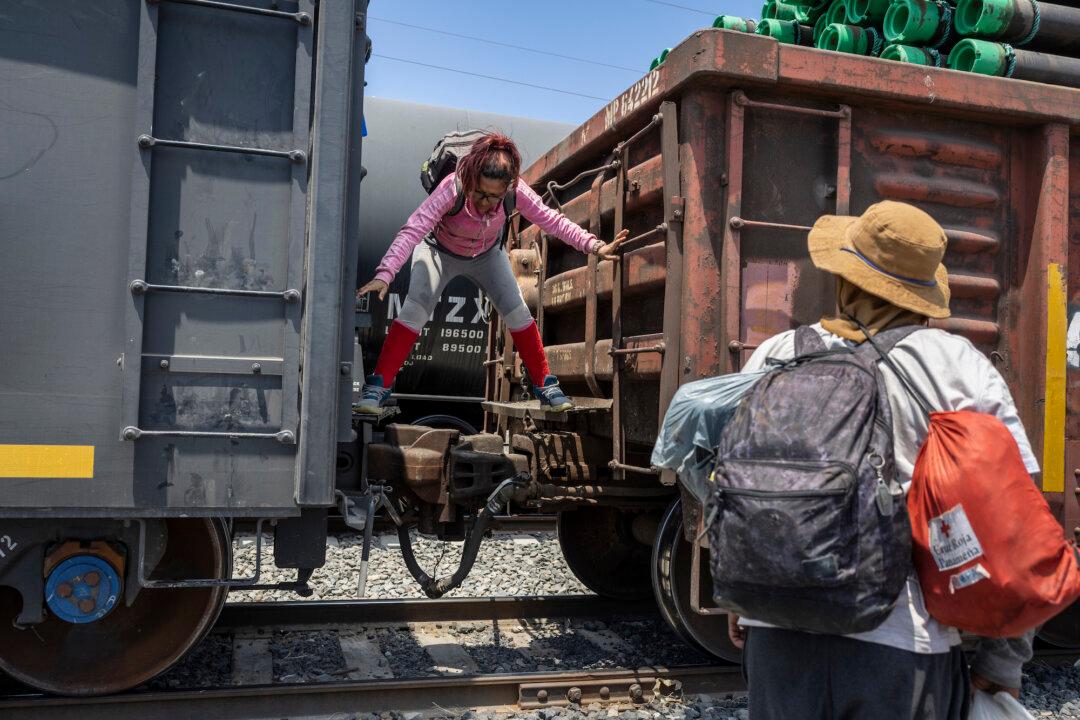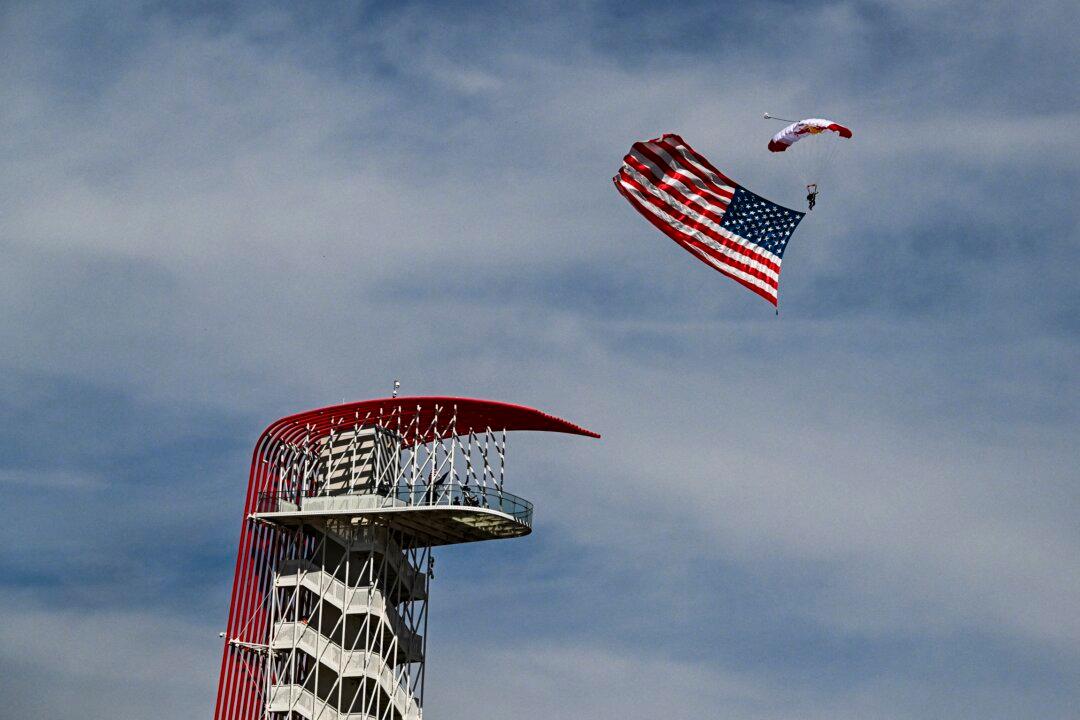GUADALAJARA, MEXICO—Every year, close to 500,000 Central American migrants trying to reach the U.S.-Mexico border ride a series of cargo trains through Mexico collectively known as “La Bestia,” which translates to “the beast”; it is also known as the “train of death” because so many die riding the rail line.
“The risk of the trains is that many migrants, because of the way the trains change and how fast they go or stop ... are victims of different issues … including falling off the train or different medical conditions,” Ariel Ruiz-Soto, a policy analyst with the Migration Policy Institute (MPI), told The Epoch Times.





